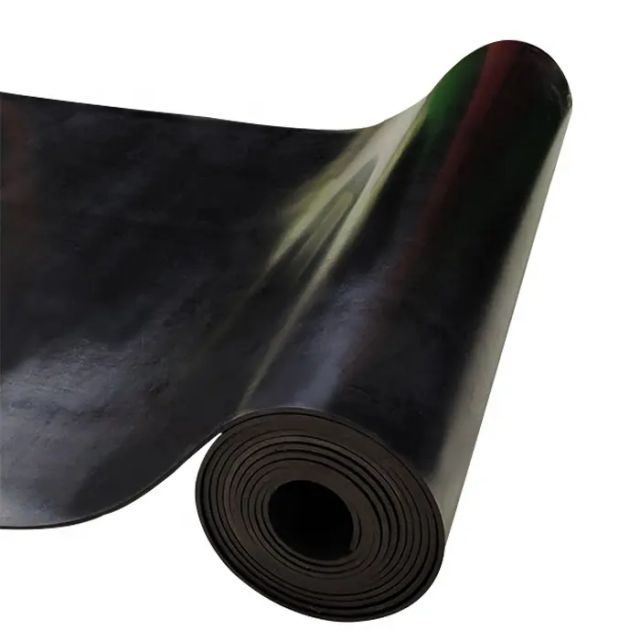Dic . 12, 2024 03:16 Back to list
car window rubber seal
The Importance of Car Window Rubber Seals
When it comes to maintaining a vehicle, often the focus falls on the engine, brakes, and tires. However, one crucial aspect that is frequently overlooked is the condition of the car window rubber seals. These seals are not just peripheral components; they serve significant functions that directly impact the car's performance, comfort, and longevity. Understanding their role and importance can save vehicle owners time and money in the long run.
What Are Rubber Seals?
Car window rubber seals, also known as weatherstripping, are the flexible rubber strips that line the edges of windows and doors in vehicles. Their primary purpose is to create a tight seal between the car body and the window. This seal is essential for preventing water, dirt, dust, and noise from entering the vehicle. Over time, however, these seals can degrade due to exposure to harsh weather conditions, UV rays, and general wear and tear.
Functions of Rubber Seals
1. Water Protection One of the most critical functions of rubber seals is to keep water outside the vehicle. When driving in the rain or encountering puddles, these seals prevent water from leaking into the car’s interior. A compromised seal can lead to water ingress, resulting in mold growth, corrosion, and damage to electrical wiring.
2. Noise Reduction Rubber seals also play a vital role in sound dampening. A proper seal minimizes wind noise and vibrations, providing a quieter and more comfortable ride. Over time, worn-out seals can lead to increased cabin noise, detracting from the overall driving experience.
3. Dust and Dirt Prevention Just as they keep water out, rubber seals also block dust and dirt from entering the vehicle. This not only helps maintain a clean interior but also protects sensitive components and surfaces from deterioration.
4. Energy Efficiency Maintaining a well-sealed vehicle can contribute to better energy efficiency, especially in electric or hybrid cars. Worn seals can lead to air leaks, forcing the vehicle’s climate control system to work harder, which may affect fuel economy and battery life.
Signs of Worn-Out Seals
car window rubber seal

Recognizing when window rubber seals are worn is crucial for timely maintenance
. Common signs include- Visible Cracks or Tears Check the rubber for any visible damage. Cracks, tears, or brittleness indicate that the seals need to be replaced.
- Water Leaks If you notice water pooling in the floor mats or dampness in the interior after a rain, your seals may no longer be effective.
- Increased Noise A noticeable increase in wind or road noise while driving can be a sign that your seals are not creating a proper barrier.
- Dirt Accumulation If dirt and debris are entering through the windows or doors, it might be time to inspect the seals.
Maintaining and Replacing Rubber Seals
To prolong the life of your car window rubber seals, regular maintenance is essential. Cleaning the seals with a mild soap solution can help prevent dirt buildup. Additionally, applying a special rubber conditioner can keep the seals supple and flexible, reducing the likelihood of cracking.
If replacement is necessary, it is advisable to seek professional help or consult your vehicle’s manufacturer for the correct type of rubber seal. DIY replacements are possible for enthusiastic individuals, but understanding how to properly secure the seal is crucial for optimal performance.
Conclusion
Car window rubber seals may seem like small and insignificant components, but their functions are critical to a vehicle's performance, comfort, and longevity. Regular checks and maintenance of these seals can prevent a host of issues, including water damage, noise infiltration, and energy inefficiency. For vehicle owners, understanding the importance of these rubber seals is essential in ensuring the longevity and reliability of their cars. The next time you perform routine maintenance, don’t forget to give some attention to those often-overlooked rubber seals; your vehicle will thank you for it.




